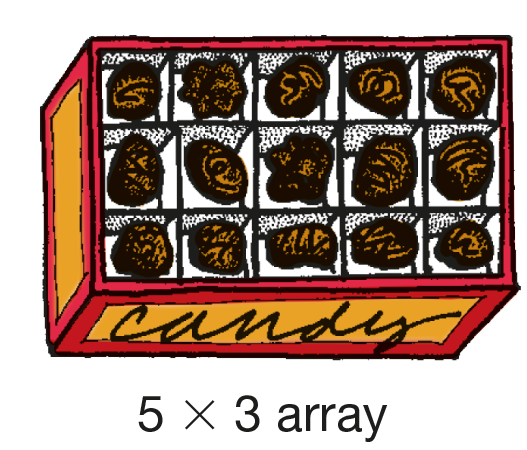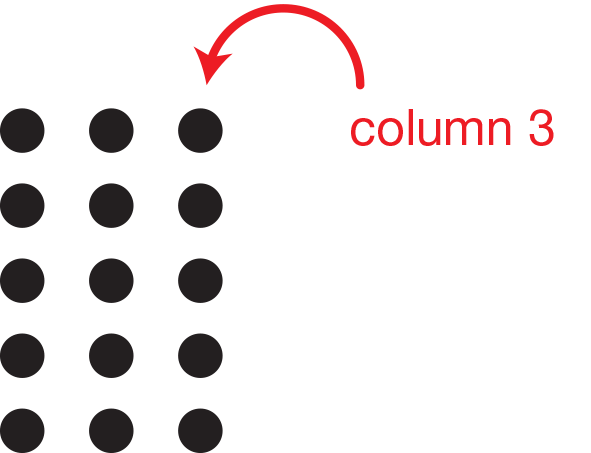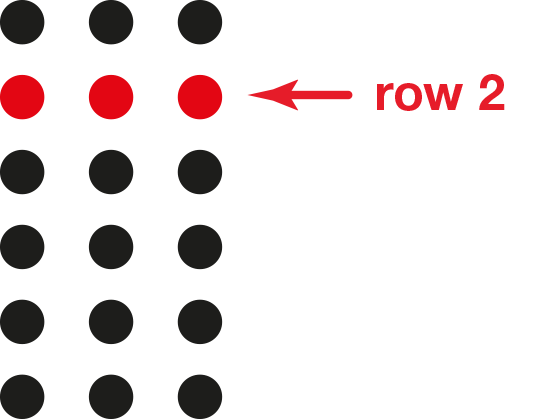Students learn how to represent repeated addition and multiplication problems with rectangular arrays and number sentences. They develop strategies for solving multistep multiplication problems.
Content in this Lesson
- Representing multiplication problems using tiles, drawings, number lines, rectangular arrays, and number sentences [E2].
- Solving multiplication problems using strategies (e.g., skip counting, repeated addition) with tiles, drawings, number lines, rectangular arrays, and number sentences [E7].
- Knowing what is important to solve a problem [MPE1].
- Finding an efficient strategy for solving a problem [MPE2].
- Checking for reasonableness [MPE3].
- Showing or telling how to solve a problem [MPE5].
- Using labels to show what numbers mean [MPE6].
Daily Practice and Problems K–N
Assessment in this Lesson
| ASSESSMENT | EXPECTATION ASSESSED | MATH PRACTICES EXPECTATION ASSESSED |
|---|---|---|
|
Problems with Zoo Stickers with Feedback Box Student Activity Book Pages 619–622 |
|
|
|
DPP Item L Word Problems Teacher Guide - digital |
|

















